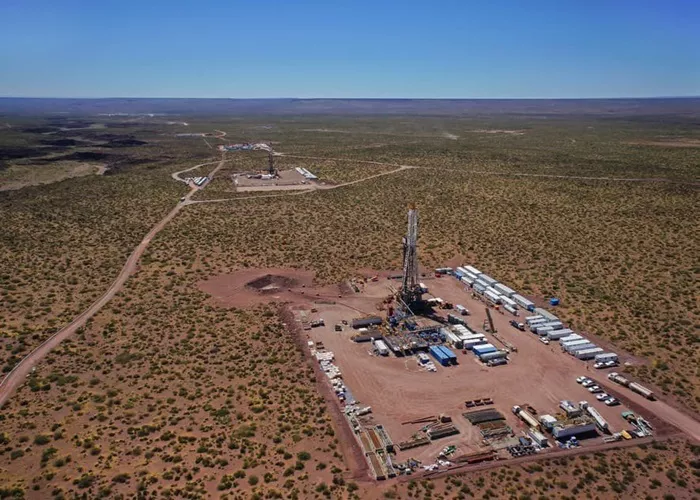Argentina is experiencing a remarkable surge in oil and natural gas production thanks to the exploitation of the vast Vaca Muerta shale formation in the country’s central southwest. This unconventional hydrocarbon boom is proving to be a critical driver in stabilizing Argentina’s crisis-hit economy. With output soaring, the nation is on track to surpass Colombia as South America’s third-largest oil producer.
Spanning 7.7 million acres, Vaca Muerta ranks among the world’s top five shale plays by resource volume but remained largely untapped until former President Cristina Fernández de Kirchner championed its development. Faced with the failure of Spanish energy giant Repsol—owner of Argentina’s YPF—to effectively exploit the formation, the government nationalized YPF in 2012, acquiring a 51% stake while private investors held 49%. Despite initial concerns over nationalization, this move proved pivotal in unlocking Vaca Muerta’s potential.
Argentina’s national oil company, YPF, has since been recognized for effective management, with minimal political interference from successive Peronist administrations. This has fueled a dramatic increase in production. In December 2024, Argentina reached a historic oil output of 757,122 barrels per day, temporarily surpassing Colombia’s 755,469 barrels per day and marking the highest unconventional oil share—over 60%—in its history. Shale oil alone hit a record 452,667 barrels per day in December 2024.
Natural gas production is also robust, peaking at 5.4 billion cubic feet per day in August 2024 and maintaining a strong average of 4.7 billion cubic feet per day by March 2025. However, drilling activity has recently slowed, with the Baker Hughes rig count dropping from 51 active rigs in April 2024 to 44 in April 2025. This decline correlates with falling global oil prices—Brent crude averaged $68.13 per barrel in April 2025, down 32% from the previous year—compounded by ongoing geopolitical and trade uncertainties.
Despite the short-term slowdown, the Vaca Muerta shale remains highly attractive to international investors due to its high-quality light, sweet crude—boasting an API gravity between 39 and 42 degrees and sulfur content below 0.5%—ideal for producing low-emission fuels. Argentina’s conventional crude grades, Medanito and Escalante, also enjoy strong demand in markets like China and the Middle East due to their low sulfur levels.
Moreover, Vaca Muerta stands out for its environmental credentials, producing hydrocarbons with one of the lowest carbon intensities globally—approximately 15.8 kg of CO₂ per barrel of oil equivalent, compared to the global average of 23.0 kg. Extraction costs are competitive as well, with a breakeven price near $36 per barrel, well below Colombia’s $45 and Brazil’s $40 per barrel, ensuring profitability even amid softer oil prices.
Future production growth hinges on infrastructure expansion, notably the $3 billion Vaca Muerta Sur pipeline under construction. Expected to be completed in 2026, this 550,000-barrel-per-day pipeline will transport crude across the ecologically sensitive Patagonia region to the Atlantic port of Punta Colorado, significantly enhancing export capacity and enabling further output increases.
Industry forecasts suggest Argentina’s oil production could exceed one million barrels per day by 2030, potentially reaching 1.2 million barrels daily—making it the continent’s second-largest producer after Brazil. This expansion is vital to Argentina’s economic resurgence, as rising hydrocarbon exports help reduce the current account deficit. March 2025 economic data showed exports surpassing imports by $323 million, underscoring the sector’s growing contribution.
Under the leadership of President Javier Milei, whose economic reforms accompany the hydrocarbon boom, Argentina’s economy is poised for stabilization and growth. The Vaca Muerta shale, with its abundant resources and favorable economics, is set to play a central role in transforming Argentina’s energy landscape and economic future.

